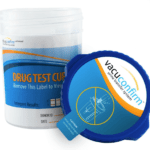
Ohio manufacturers’ strongest deterrent to drug abuse by their workforce is a comprehensive Random Drug Screening Policy. Random drug testing in the workplace is necessary policy to reduce occupational health risks and improve employee productivity.
According to the Quest Diagnostics Drug Testing Index, more U.S. citizens had tested positive for illicit drugs in 2021 since the peak rate of 2001. Of nearly 11 million urine, hair, and oral fluid tests conducted for U.S. employers, 4.6% were positive, up 31.4% from the 2011 low of 3.5%. The 2021 oral fluid drug test saw a 68% increase in positive marijuana & methamphetamine results in the general U.S. workforce compared to 2017’s numbers. Positivity rates for marijuana, of the 6 million Urine Tests taken, has risen to the highest rate ever at 3.9%. To stem the riptide of drug abuse undermining our industry, employers must have a random drug screening policy in place.
In addition, Urine test positivity rates for marijuana in post-accident tests versus pre-employment has increased dramatically between 2013 and 2021. This 40% increase , to more than 402,000 positive post-accident tests, just reinforces the need for random drug screening.
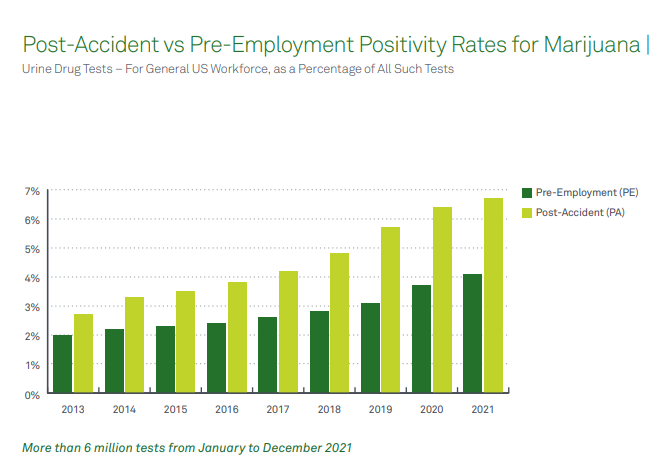
As with HR Associates, nearly all employers require candidates to submit to a pre-employment drug screen and then agree to the possibility of a future random drug screen. Ideally, a drug-free workplace will be safer and more productive for all involved. Employers should have several policies in place before beginning random drug screening.
The Policy
A written “Drug-Free Workplace” policy should be reviewed and a copy signed and dated by every employee and kept in their company file. Included should be a listing of the substances being tested for and the method used to test. HR Associates tests with Confirm Biosciences’ 10-Panel Urine Drug Test Cup on every candidate before they are released for work. Important to the policy is how often and when testing will be conducted so employees know what to expect. Terminology definitions should be included so there is no ambiguity of the types of drugs being tested for.
PADT
A Post–Accident Drug Testing (PADT) procedure should also be implemented to eliminate possible drug abuse as the underlying cause. Post-accident drug screens have saved many employers thousands of dollars in BWC Premiums. PADT makes a strong case for not legalizing marijuana in Ohio.
Action
Cause and effect disciplinary actions should be listed in the event an employee tests positive or refuses testing in the first place. Many companies have implemented an Employee Assistance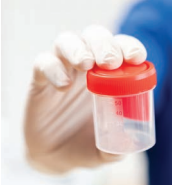 Program (EAP). These programs offer rehabilitation to employees which may improve moral to some, knowing that they will not get fired for drug addiction.
Program (EAP). These programs offer rehabilitation to employees which may improve moral to some, knowing that they will not get fired for drug addiction.
To remain compliant with employment law, an employer must test at least 50% of employees each year. Substance abuse training is often put into action in conjunction with random screenings.
In conclusion, any random drug screen policy should be consistent, across the board for all employees. Whether a new hire or veteran, devise a random selection process and initiate a monthly schedule.
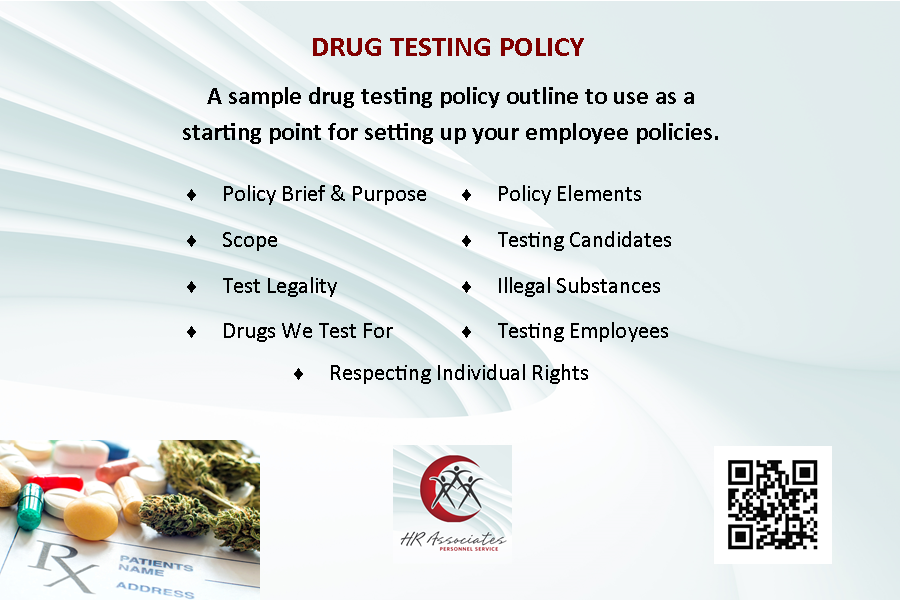
Know someone with a Quality Assurance Certification? This job is worth the “Share”.
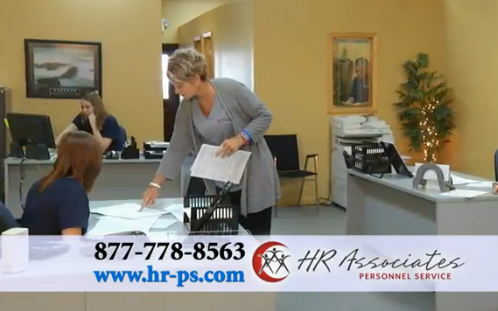
Give us a call!
